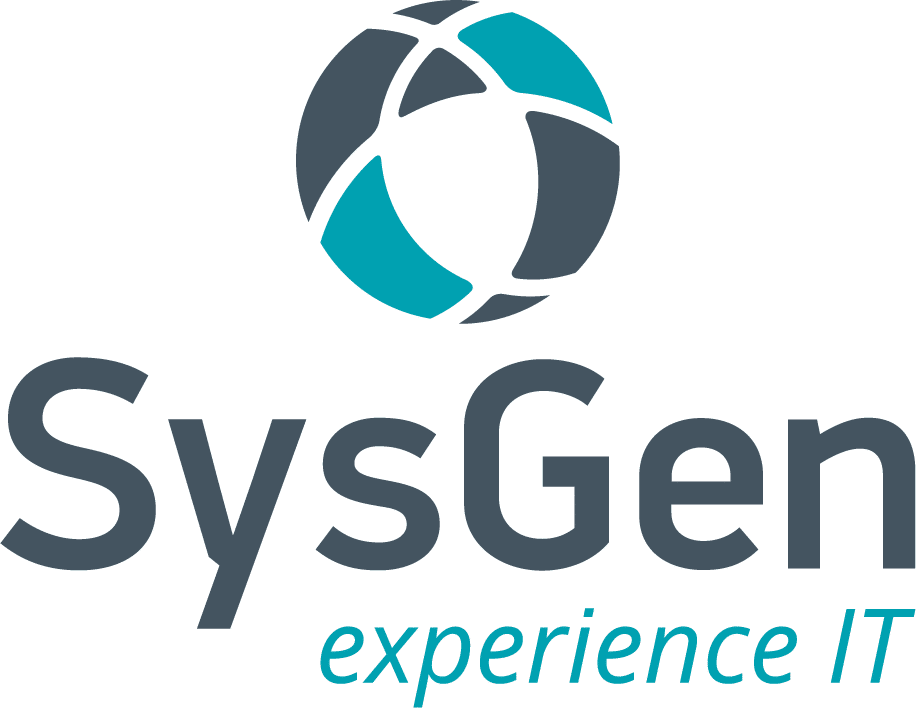Table of Contents
- 6 Reasons Your Business Needs MDM
- 1. ENHANCED SECURITY
- 2. REDUCE COSTS
- 3. GAIN EFFICIENCY
- 4. MEET COMPLIANCE STANDARDS
- 5. EASILY TRACK INVENTORY
- 6. CONTROL APPLICATION USAGE
- Integration with Existing IT Infrastructure:
- Remote Management Capabilities:
- Regular Software Updates and Patch Management:
- Data Backup and Recovery:
- Customizable Security Policies:
- Future-Proofing Your Business:
6 Reasons Your Business Needs MDM
In Canada more than 32 million people use mobile devices – roughly 85% of the population. By 2025, that number is expected to grow to 88%. Nearly 3-in-4 Canadians spend at least three to four hours online each day with 48% surfing the web using mobile devices including mobile phones and tablets. These numbers alone point to the imperative for businesses to implement an MDM policy.
The world has gone online, and we’re on the move with mobile devices, using them for personal needs but also for the workplace. Businesses cannot ignore the benefits and realities of mobility in the workplace. Employees are not only using smartphones and tablets for browsing online, but they’re also using these devices to access corporate emails, documents, and applications.
Mobility brings many benefits to the workplace, enhancing employee productivity by allowing employees to work anywhere and at anytime. Although, with this enhanced productivity comes the threat of reduced security and greater corporate responsibility, which is where mobile device management (MDM) comes in. Here are six reasons your business needs MDM:
1. ENHANCED SECURITY
MDM keeps your business data protected and ensures your company retains control over confidential information. If a mobile device is lost or stolen, MDM can remotely lock and wipe all data. Remote locking and wiping capabilities enable companies to keep devices and data secure.
With MDM, your business gains central control over policies, applications, and additional functions. Mobile device management software can block unsafe websites and material from employees. This keeps corporate data and applications safe from the threat of malware and data breaches.
Containerization is a crucial feature in securing corporate information for a mobile workforce. With containerization, corporate data and applications are isolated from employee data. Also known as “sandboxing,” this feature prevents mobile-based attacks (such as through text or applications), risky user activity, and even simple accidents from interacting with specific applications with sensitive corporate information.
2. REDUCE COSTS
MDM works on multiple operating systems and enables your business to embrace a Bring Your Own Device (BYOD) policy in the workplace to save on employee device costs. Removing this hefty cost from your environment reduces operating costs and frees up funds for the core of your business.
Although these are personal mobile devices, wiping and containerization capabilities reduce and contain the negative impact of unsafe website visits and infected downloads. These security settings save your company the hefty cost, inconvenience, and potential reputation loss associated with malware and data breaches. Another benefit of mobile device management software is it allows youto keep track of employee mobile usage. Tracking software notifies administrators and can even block costly behaviours such as data and minute overages.
The Digital Privacy Act (Bill S-4) was passed in 2015, making corporate reporting on personal information breaches mandatory. If an organization knowingly violates this notification requirement, the organization is liable for a fine of up to $100,000. The Canadian Commissioner has the right and power to make reported security breaches public. If your organization has a personal information breach and this happens, there could be serious damage to your hard-earned corporate reputation and lost business opportunity.
With MDM, your organization doesn’t have to face either of these undesirable situations—no reporting, fines or public announcements are necessary.
3. GAIN EFFICIENCY
Because MDM software is centrally managed, it reduces the time and resources spent on IT administration. The software can install, update, and remove applications, policies, and settings from one management dashboard on various operating systems. This makes it easy to ensure consistent mobile experiences for incoming employees, keep security settings up to date with current staff, and remove access for personal devices no longer in use.
MDM also provides asset management tracking, so your business can easily identify which employee has which mobile device. The software enables your IT team to provide updates and replacements to your workforce’s mobile devices as required.
4. MEET COMPLIANCE STANDARDS
Depending on your industry, businesses must legally adhere to specific standards and regulations related to data protection. Compliance concerns are paramount for businesses that deal with sensitive client or financial information. For example, private medical or financial information is often needed for multiple clients in the medical or accounting industries. You can easily adhere to compliance regulations through data management and password protection with MDM.
5. EASILY TRACK INVENTORY
Depending on the size of your business, you may have multiple mobile devices per employee, and these devices are used across many teams of employees. Therefore, it may be overwhelming to track and manage this hardware. Device inventory management allows you to track all personal devices used across your business, including being aware of both the physical hardware state of the device and the software’s health.
With inventory management, you can monitor usage and detect potential issues before they arise. Inventory management will ensure that your team’s devices are all up to date and can be easily controlled.
6. CONTROL APPLICATION USAGE
Application management helps to streamline setup and onboarding processes when adding new devices to your network. You can easily set up devices with the necessary applications for your team. Additionally, mobile device management software allows you to prohibit and control the applications downloaded on these devices to ensure they are being used correctly and to prevent accidental, malicious behaviour.
Integration with Existing IT Infrastructure:
When evaluating the choice between cloud and in-house servers, seamless integration with your existing IT infrastructure is paramount. An in-house server allows for direct customization and integration, but cloud solutions must align with your current systems. Consider the compatibility of each option to ensure a smooth transition without disrupting your established IT environment.
Remote Management Capabilities:
Efficient remote management is a critical consideration, especially in today’s distributed work landscape. Cloud servers inherently offer remote accessibility, enabling your team to manage and monitor operations from anywhere. In contrast, in-house servers may require additional setup for remote management tools. Assess your organization’s remote management needs and choose a solution that aligns with your operational preferences.
Regular Software Updates and Patch Management:
Keeping your system secure and up-to-date is non-negotiable. Cloud servers often excel in automatic updates and patch management, relieving your team of this responsibility. In-house servers require meticulous attention to software updates and patches. Evaluate your organization’s capacity for consistent maintenance to ensure that your chosen solution aligns with your commitment to a secure and up-to-date IT environment.
Data Backup and Recovery:
Data integrity is a cornerstone of business continuity. Cloud servers typically offer robust backup and recovery solutions, often with redundancy across multiple locations. In-house servers demand meticulous planning for data backup and recovery, with potential challenges in achieving the same level of redundancy. Prioritize a solution that aligns with your data protection and recovery objectives to safeguard against unforeseen disruptions.
Customizable Security Policies:
Security is paramount, and customizable security policies provide tailored protection for your unique business requirements. In-house servers afford complete control over security policies, allowing for fine-tuning by your IT professionals. Cloud servers, while secure, may have predefined security measures. Choose a solution that aligns with your organization’s security needs, whether it involves granular control with in-house servers or leveraging the security measures provided by reputable cloud providers.
Future-Proofing Your Business:
Anticipating future needs is crucial in the ever-evolving landscape of technology. Cloud servers often offer scalability and adaptability, allowing your business to grow without heavy initial investments. In-house servers may require periodic upgrades to accommodate expansion. Assess your long-term business goals and select a solution that aligns with your scalability requirements, ensuring that your chosen infrastructure supports your organization’s growth trajectory.
If your company hasn’t implemented MDM, your organization is in jeopardy. Without MDM, the chance of corporate data breaches, lost client information, and damage to your corporate reputation is high. MDM removes risk from your organization and brings cost savings and efficiencies, regardless of operating systems or personal devices used by your employees.
Learn how SysGen can help you implement Microsoft Cloud App Security by contacting us today!
Learn more about phishing-resistant MFA with SysGen!



